Common industries that use silicone rolls for a variety of applications include paper and pulp, for newspaper printing, commercial printing, and paper decorating; industrial manufacturing, for printing presses and many types of process and machining equipment for applications such as embossing, laminating and banding; food and beverage, for packaging and bottling applications; electronics, for computers, print circuit boards (PCBs), laser printers and photocopiers; and poly films, for corona treatments. Read More…
Harwood Rubber Products provides top quality rubber rollers and a variety of custom products. We are capable of producing a great diversity of rolls and coverings for a broad customer base.
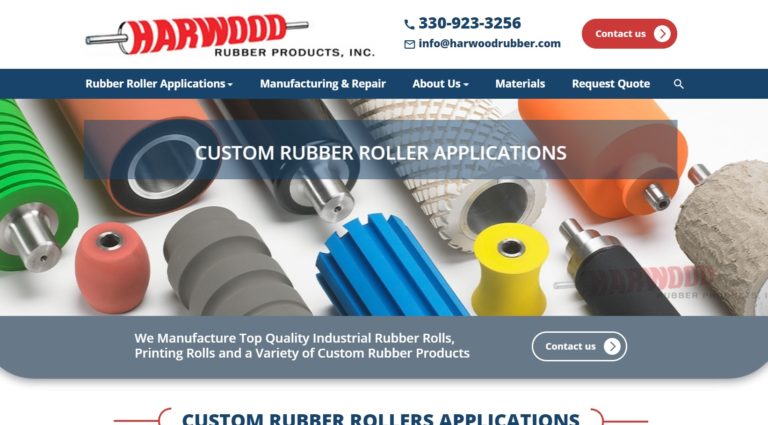
Since 1948, REDCO Rubber Engineering & Development has been manufacturing rubber rollers, idler rolls and conveyor rollers. We serve industries such as computers, printers and paper handling.
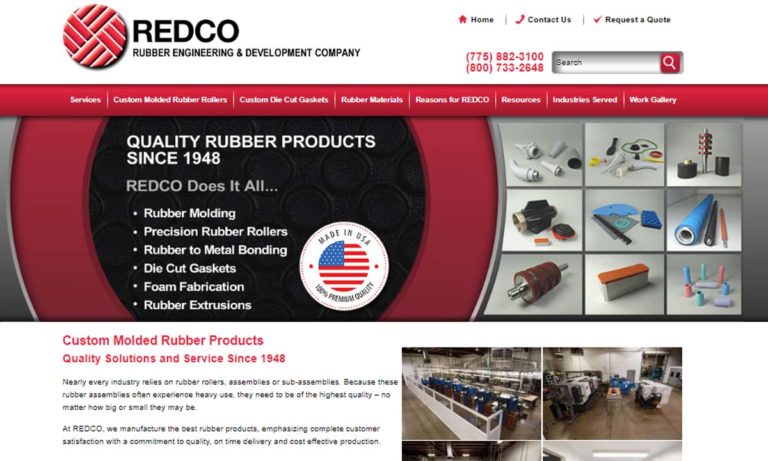
Our guide rollers are made from the highest quality materials in the industry. We take pride in adhering to our company values, like integrity and honesty. As a family owned and operated company, we like to treat customers like our own family. We will always look for the best prices and the prefect solution. Give us a call today to see how we can help you meet your goals!
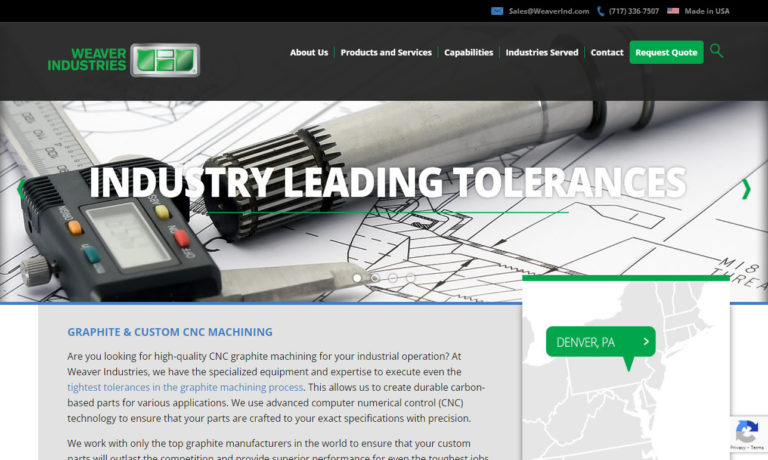
TPC, Inc. is a dedicated and trusted manufacturer of rollers. We manufacture rollers in all shapes, sizes, designs, and colors to meet the needs of our customers and keep their process moving. Our team of experts is dedicated to the production and innovation of our products. As a result, TPC, Inc.’s custom-fit solutions are perfected for customers of all industries.
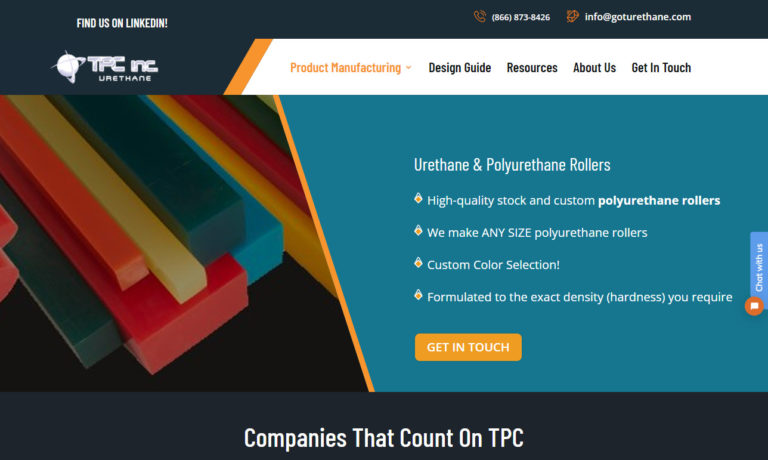
More Silicone Roller Manufacturers
Additional industries that utilize silicone rollers include mining, commercial, marine and mail handling. Ideal for peripheral decorating, other beneficial characteristics of silicone rollers include great resilience, ability to strongly adhere to metals, low tack, low compression set and the ability to conform well to surface variations.
Silicone rollers are manufactured in the same two methods of other types of rubber rolls: injection molding and compression molding. However, silicone differs since it is not a true rubber, and the difference is most apparent in its liquid state. More commonly injection molded, liquid silicone is injected using a unique type of injection molding referred to as liquid injection molding (LIM). This process involves proportioning, mixing and dispensing of the two components of liquid silicone rubber, which are the heat-cured liquid silicone rubber and a catalyst, which is typically platinum.Since it is not very viscous, liquid silicone rubber is pumped through pipes or tubes to the vulcanization equipment. There, the two components are mixed in a static mixer until a single homogeneous material is achieved. Then the homogeneous mixture is transferred to the cooled metering section of the LIM equipment where the liquid silicone rubber compound is pushed through cooling sprue and runner systems into a heated cavity in which the vulcanization occurs.
For compression molding, the liquid silicon rubber is injected into an open mold, which is closed with pressure that forces the liquid silicone rubber to solidify in the mold. Silicone rollers often consist of a silicone layer of rubber that has been bonded to a metal core, typically aluminum or steel.

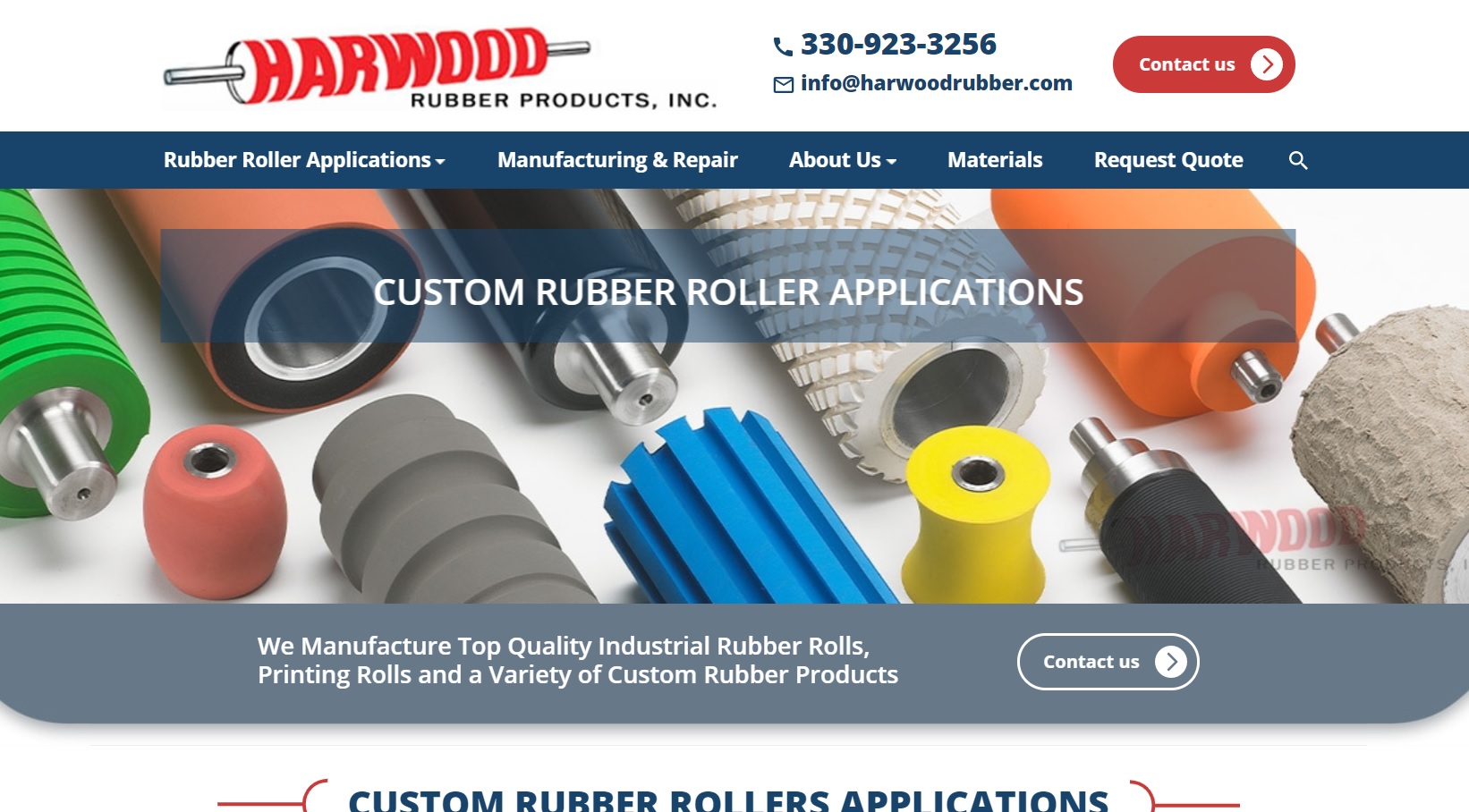



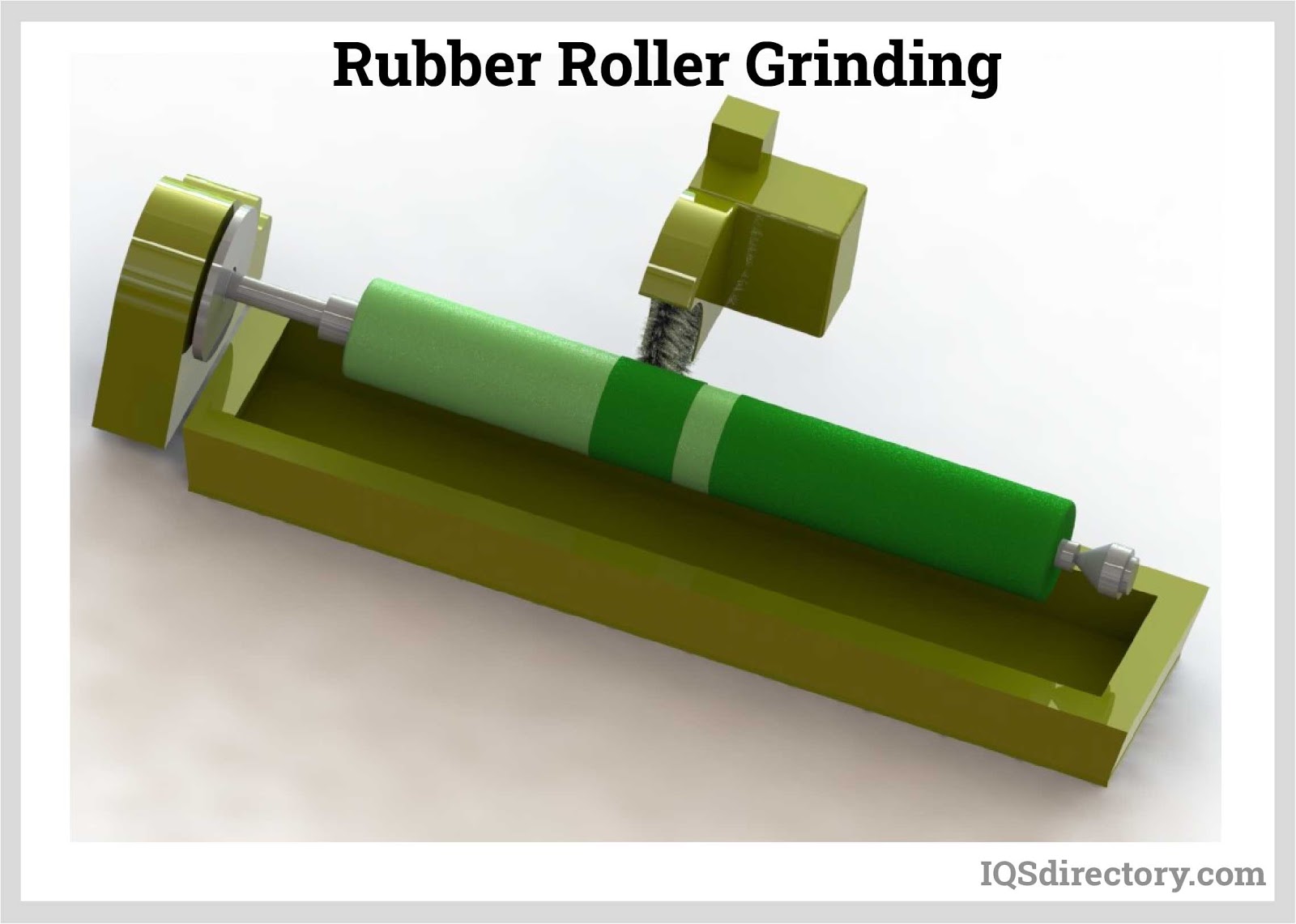
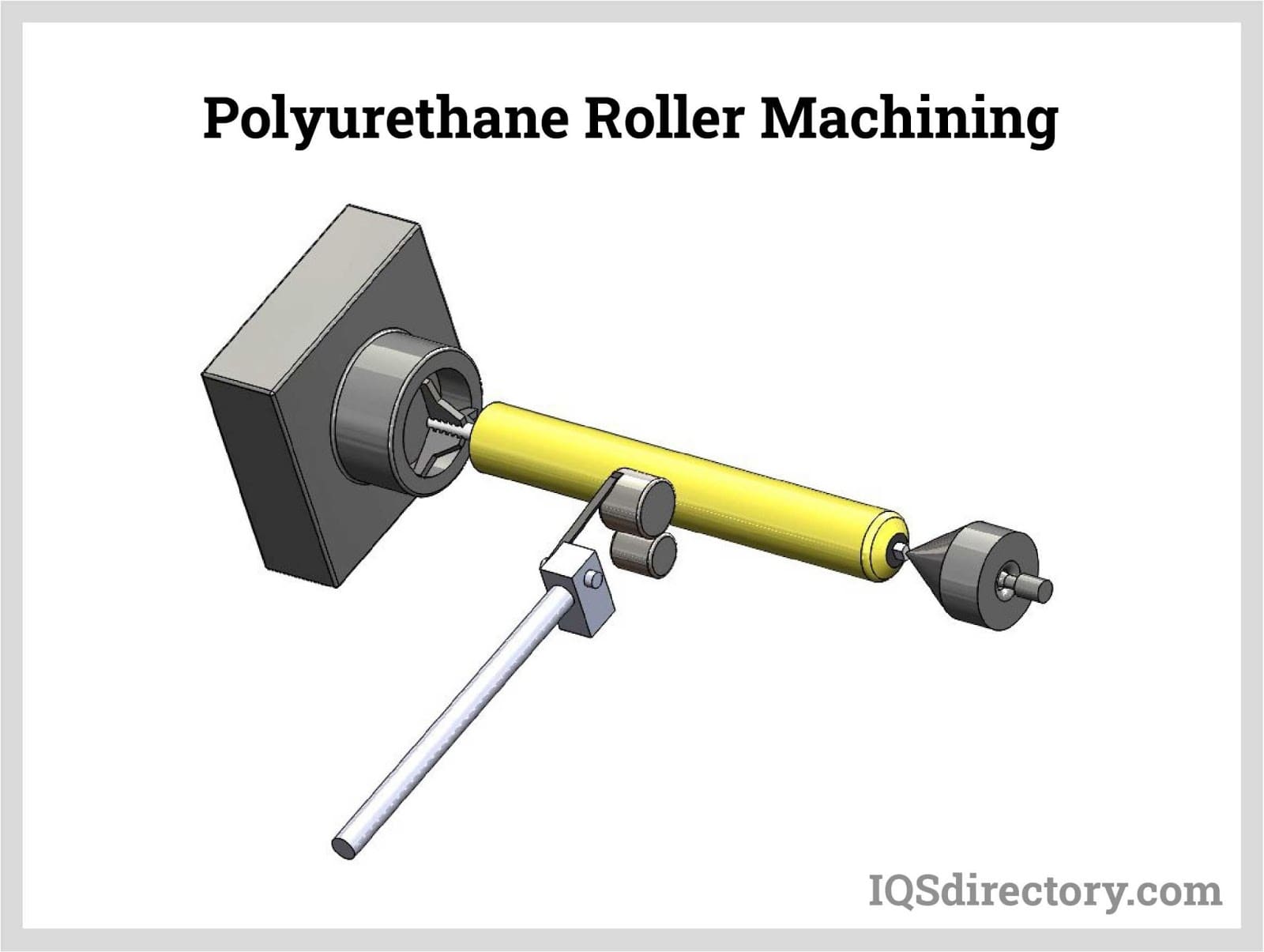
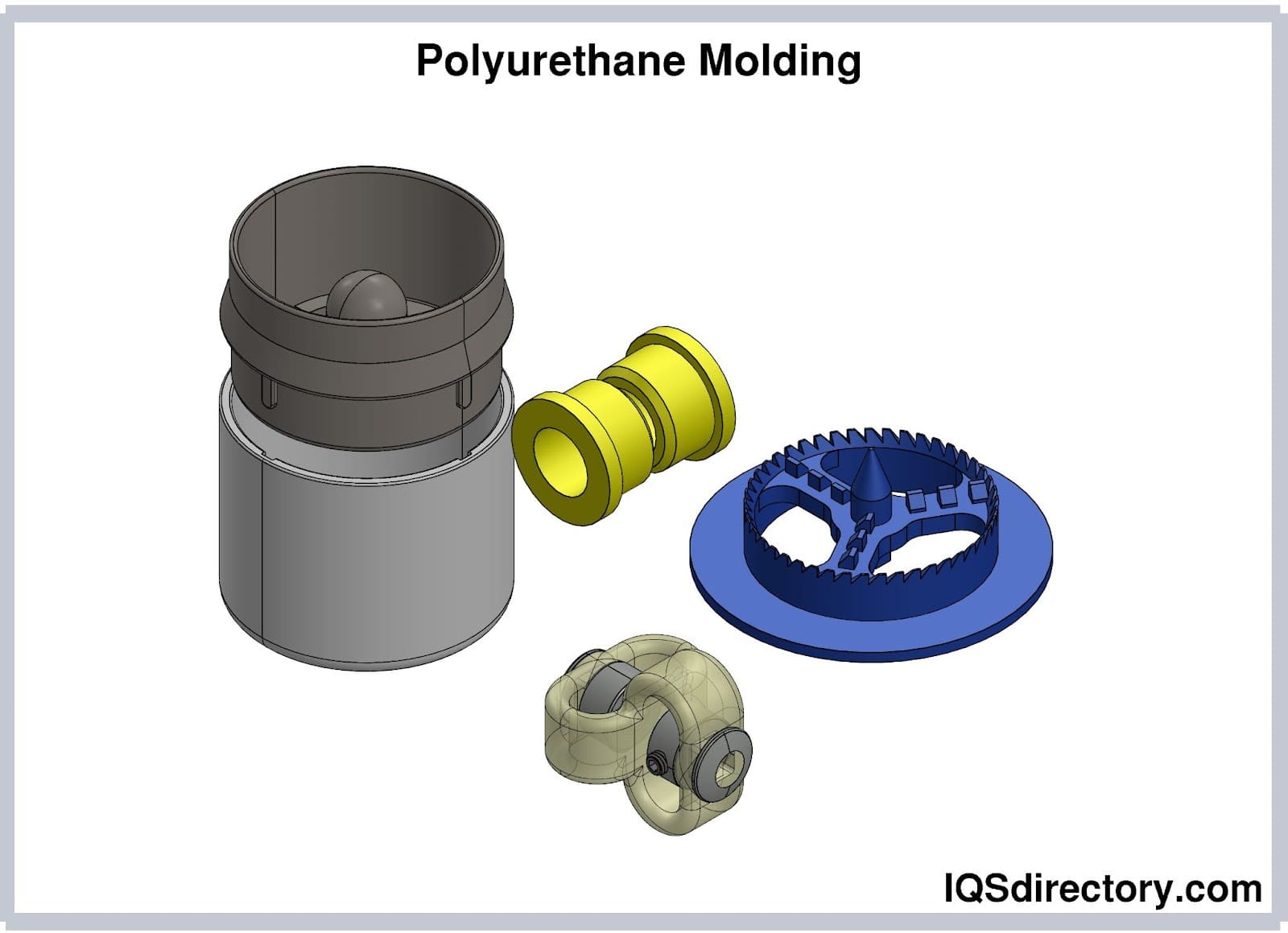
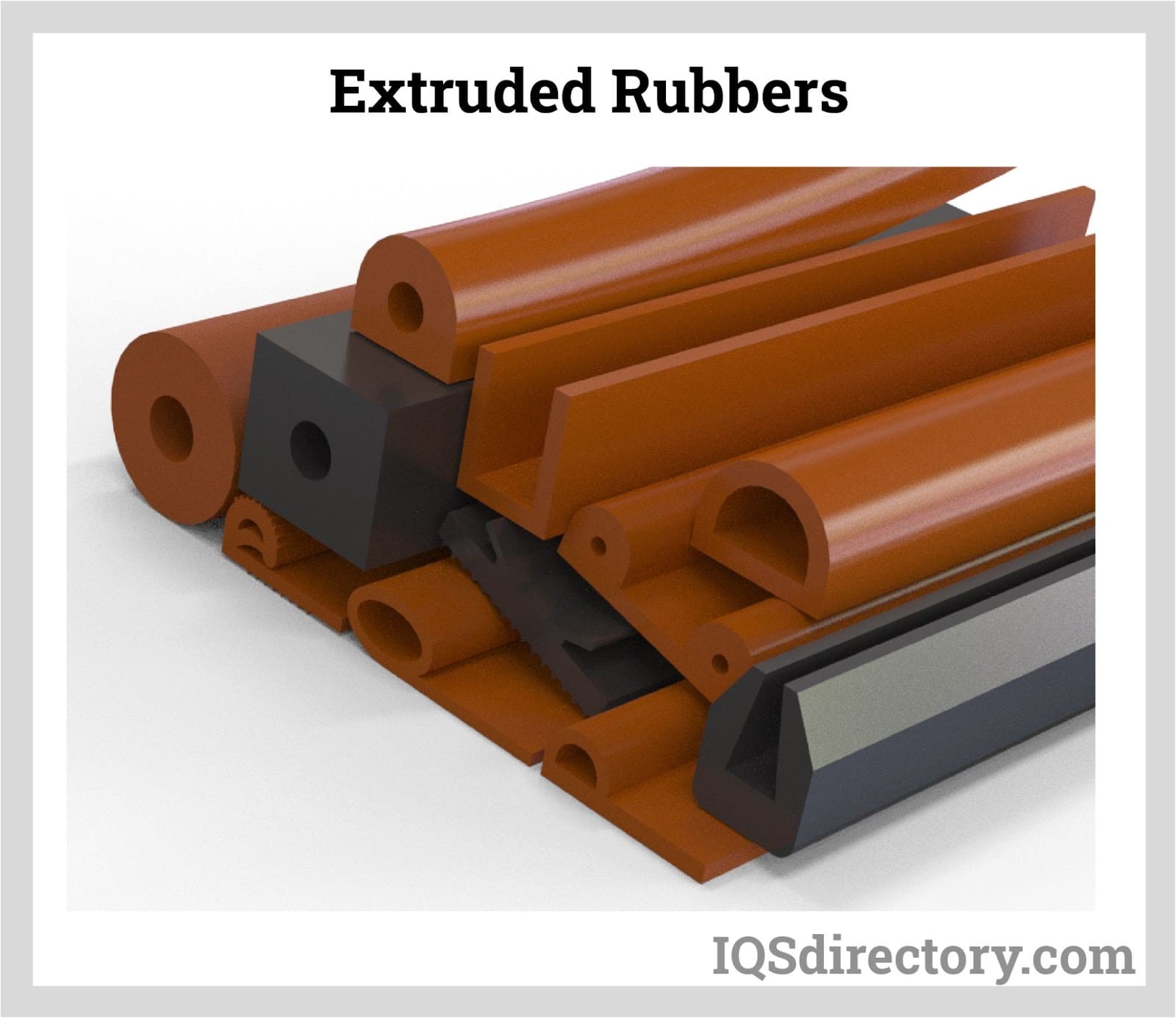
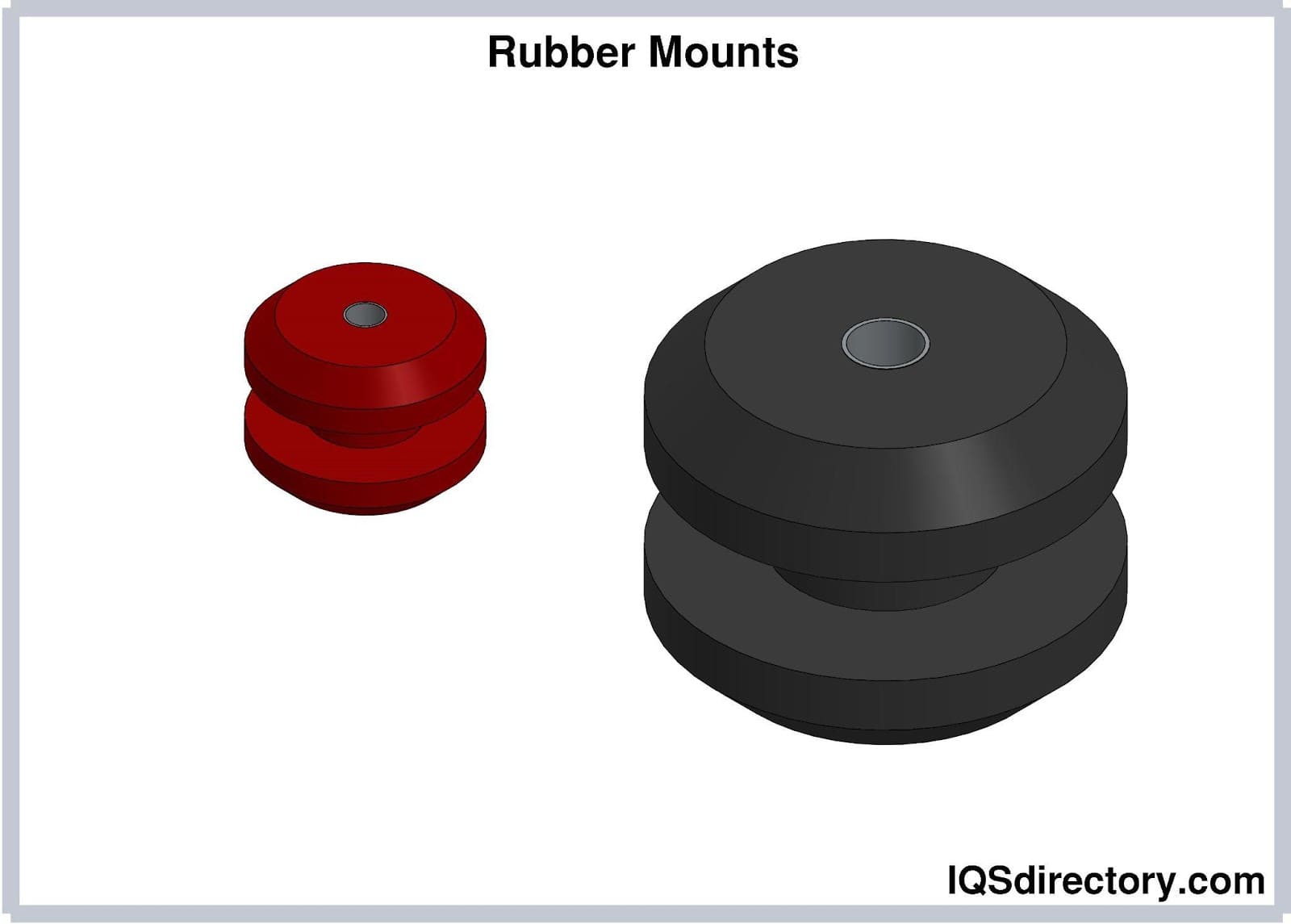
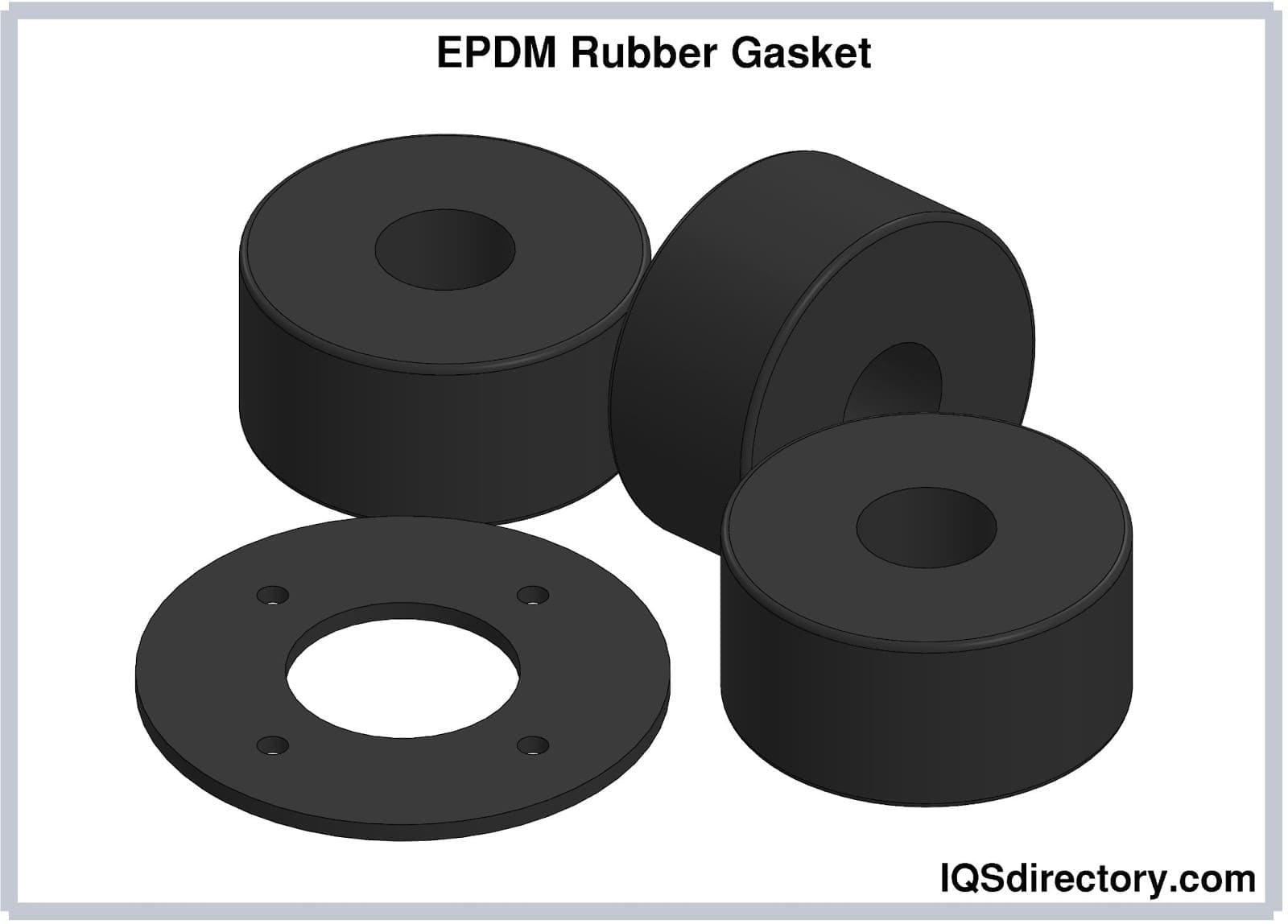
 Rubber Extrusions
Rubber Extrusions Rubber Molding
Rubber Molding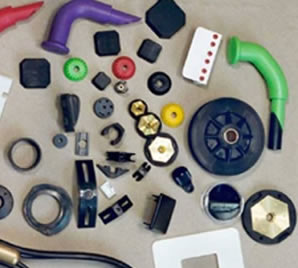 Rubber to Metal Bonding
Rubber to Metal Bonding Rubber Tubing
Rubber Tubing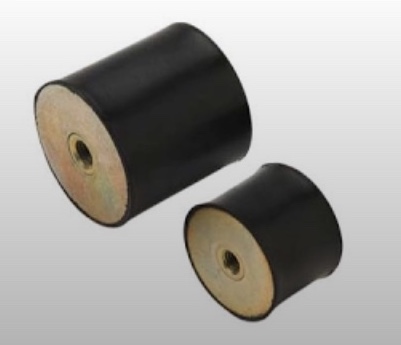 Vibration Absorbers
Vibration Absorbers Castings & Forgings
Castings & Forgings Bulk Material Handling
Bulk Material Handling Electrical & Electronic Components
Electrical & Electronic Components Flow Instrumentation
Flow Instrumentation Hardware
Hardware Material Handling Equipment
Material Handling Equipment Metal Cutting Services
Metal Cutting Services Metal Forming Services
Metal Forming Services Metal Suppliers
Metal Suppliers Motion Control Products
Motion Control Products Plant & Facility Equipment
Plant & Facility Equipment Plant & Facility Supplies
Plant & Facility Supplies Plastic Molding Processes
Plastic Molding Processes Pumps & Valves
Pumps & Valves Recycling Equipment
Recycling Equipment Rubber Products & Services
Rubber Products & Services